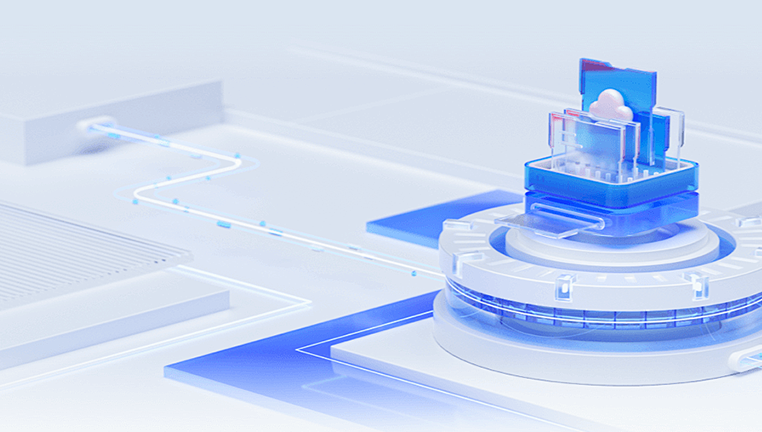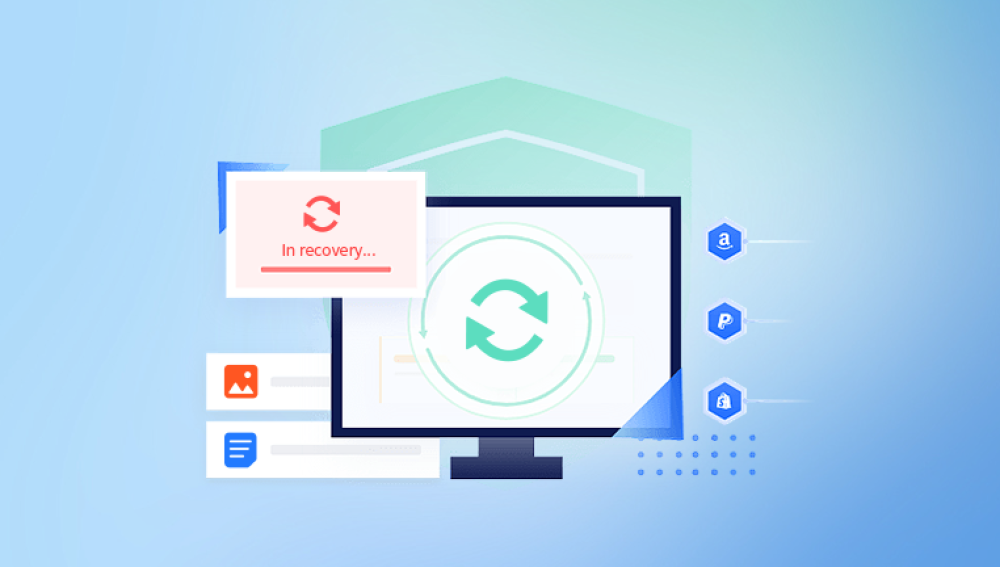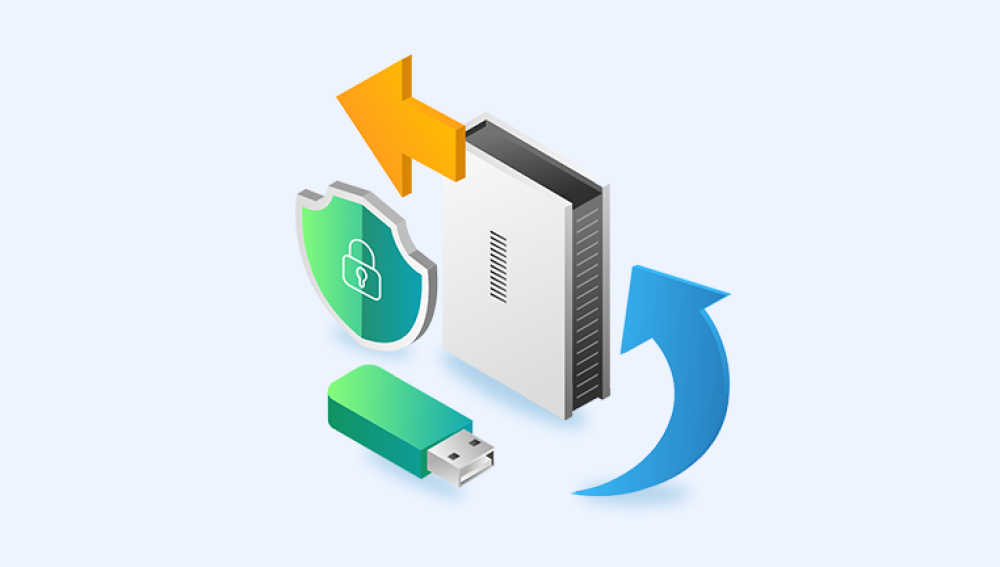Network - Attached Storage (NAS) drives have become increasingly popular for both home and business users. They offer a convenient way to store, share, and access data across a network. However, like any storage device, NAS drives are not immune to data loss. Data loss on a NAS drive can occur due to various reasons such as hardware failures, software glitches, accidental deletions, or malware attacks.
A NAS drive is a specialized storage device that connects to a local area network (LAN). It allows multiple users and devices on the network to access and share files and folders. NAS drives typically run on their own operating systems, such as QNAP's QTS, Synology's DSM, or Western Digital's WD My Cloud OS. These operating systems provide features like user management, file sharing protocols (such as SMB, NFS, and AFP), and data protection mechanisms like RAID (Redundant Array of Independent Disks).

RAID Configurations in NAS Drives
Many NAS drives use RAID configurations to enhance data reliability and performance. Common RAID levels include RAID 0. RAID 1. RAID 5. and RAID 6.
RAID 0: Stripes data across multiple disks, increasing read and write speeds but providing no data redundancy. If one disk fails, all data on the RAID 0 array is lost.
RAID 1: Mirrors data between two disks. Each disk contains an identical copy of the data, providing data redundancy in case one disk fails.
RAID 5: Distributes data and parity information across multiple disks (usually three or more). It can tolerate the failure of a single disk while maintaining data integrity.
RAID 6: Similar to RAID 5 but can tolerate the failure of two disks, thanks to additional parity information.
Understanding the RAID configuration of your NAS drive is crucial for data recovery, as it affects how data is stored and how it can be retrieved in case of a failure.
Common Causes of Data Loss on NAS Drives
Hardware Failures
Disk Failures: Hard disk drives (HDDs) or solid - state drives (SSDs) used in NAS systems can fail over time due to mechanical wear (in the case of HDDs), electrical issues, or component failures. Symptoms of a failing disk may include strange noises (in HDDs), slow performance, or the drive being unrecognized by the NAS system.
Power Supply Failures: A faulty power supply can cause unexpected shutdowns of the NAS drive. These sudden power outages can corrupt data or damage the disk's file system.
Controller Failures: The NAS controller, which manages the communication between the disks and the network, can malfunction. A failed controller may prevent the NAS from booting up or accessing the stored data.
Software - Related Issues
File System Corruption: The file system on the NAS drive can become corrupted due to improper shutdowns, software bugs, or malware infections. Corrupted file systems can lead to data inaccessibility, with files and folders appearing as empty or unreadable.
Firmware and Software Updates: While firmware and software updates are designed to improve the functionality and security of the NAS drive, they can sometimes go wrong. A botched update may cause the NAS to become unstable or result in data loss.
Accidental Deletions and Formatting: Users may accidentally delete important files or even format the entire NAS volume. These actions can quickly lead to significant data loss if proper backups are not in place.
Malware and Ransomware Attacks
Malware, including viruses, worms, and Trojans, can infect a NAS drive, especially if the network is not properly secured. Ransomware, in particular, has become a major threat. Ransomware encrypts files on the NAS drive, making them inaccessible, and demands a ransom for the decryption key.
Data Recovery Methods for NAS Drives
Checking for Backups
Before attempting any complex data recovery procedures, the first step should always be to check for backups. Many NAS drives offer built - in backup features, such as Time Machine support for Mac users, scheduled backups to external drives, or cloud - based backup options. If you have been regularly backing up your NAS data, restoring from a backup is the simplest and most reliable way to recover lost data.
Local Backups: If you have been backing up your NAS data to an external hard drive or another storage device on your local network, connect the backup device to your computer or the NAS itself (if possible). Use the backup software or the built - in restore functionality of the NAS operating system to restore the lost data.
Cloud Backups: For NAS drives with cloud - backup capabilities, log in to the cloud storage service. Navigate to the backup section and select the files or folders you want to restore. Download the restored data to your computer or directly to the NAS drive.
Using Data Recovery Software
If backups are not available, data recovery software can be a viable option. There are several data recovery tools available that are designed to work with NAS drives. These tools can scan the NAS drive (either directly or by connecting the individual disks to a computer) and attempt to recover deleted or corrupted files.
Connecting the NAS Disks to a Computer: For many NAS drives, it is possible to remove the individual disks and connect them to a computer using a disk enclosure or a USB - to - SATA adapter. This allows the data recovery software to access the disks directly, bypassing the NAS operating system. However, this method requires caution, especially if the NAS uses a RAID configuration.
RAID - Aware Data Recovery Software: When dealing with NAS drives using RAID configurations, it is essential to use RAID - aware data recovery software. These tools can analyze the RAID structure, reconstruct the data, and recover files even in the case of disk failures. Some popular data recovery software options for NAS drives include Recuva, EaseUS Data Recovery Wizard, and R - Stuido.
Scanning and Recovering Data: Once the NAS disks are connected or the software is configured to access the NAS drive over the network, start the scanning process. The data recovery software will search for deleted, lost, or corrupted files. After the scan is complete, review the recovered files and select the ones you want to save. Save the recovered data to a separate storage device to avoid overwriting any remaining data on the NAS drive.
Professional Data Recovery Services
In cases where data recovery software fails or the situation is too complex (such as severe hardware damage or RAID configuration issues), professional data recovery services may be required. Professional data recovery companies have specialized equipment and expertise to handle a wide range of data loss scenarios.
Evaluating the Situation: Professional data recovery technicians will first evaluate the NAS drive to determine the cause of data loss. They may use diagnostic tools to check the health of the disks, analyze the RAID configuration, and identify any software - related issues.
Data Recovery Process: Depending on the evaluation, the technicians will use various techniques to recover the data. This may involve repairing hardware components, reconstructing RAID arrays, or using specialized software to extract data from damaged disks. Professional data recovery services can be expensive, but they offer a higher chance of successfully recovering data in difficult situations.
Preventing Future Data Loss on NAS Drives
Regular Backups
The most effective way to prevent data loss is to implement a regular backup strategy. Set up automated backups on your NAS drive, either to an external storage device, another NAS drive on a different network, or a cloud - based storage service. Make sure to test your backups regularly to ensure that they can be restored successfully.
Monitoring Disk Health
Most NAS operating systems provide tools to monitor the health of the disks in the NAS drive. These tools can detect early signs of disk failures, such as increasing read - write errors or abnormal temperature levels. By monitoring disk health, you can take proactive measures, such as replacing a failing disk before it causes data loss.
Keeping Software and Firmware Updated
Regularly update the firmware and software of your NAS drive. These updates often include bug fixes, security patches, and performance improvements. However, before performing any updates, make sure to back up your data, as there is always a small risk of something going wrong during the update process.
Implementing Network Security Measures
To protect your NAS drive from malware and unauthorized access, implement strong network security measures. Use strong passwords for user accounts, enable encryption for data in transit and at rest, and keep your network firewall and antivirus software up - to - date. Additionally, consider using a virtual private network (VPN) if you need to access your NAS drive remotely.




